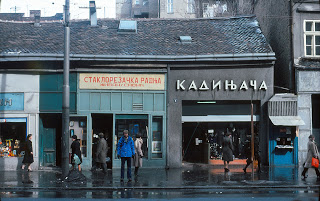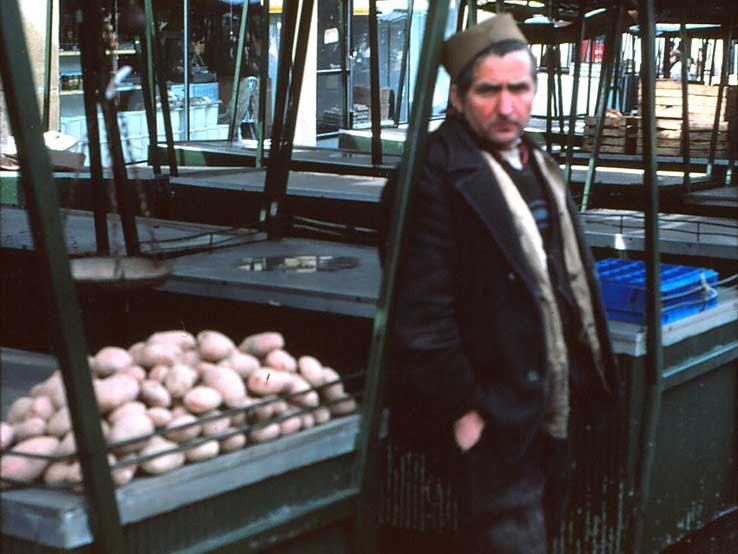Yugoslavia, 1979 —
Great travels are usually accompanied by great expectations. Sometimes they fall a bit short but on the plus side, there is often a silver lining to be uncovered somewhere (see my last post.) Or not.
As we headed off to Croatia last summer, I was skeptical of what lay ahead. My expectations were strongly overshadowed by my travels through Croatia and other parts of ex-Yugoslavia in the late seventies.
At that time, Yugoslavia was a drab and unfriendly affair. It felt like something out of an early John Le-Carre novel, a Cold War classic. The people hung at a distance, making me feel like the physical embodiment of the western threat. The language was beyond difficult, the alphabet a cipher. The only English words I remember hearing were “No” and “That is not possible.” The National Museum contained two pencil sketches by Degas (even the impressionism was in black and white), two rooms of Greek Orthodox icons and an entire wing dedicated to the life of Marshal Tito. I didn’t think I’d be going back to Yugoslavia any time soon and I was right.

So, in 2009, driving past Trieste, I was wondering what sort of changes 30 years and a civil war had brought to this country of which I had such dreary memories. I wasn’t prepared for what we found. Low expectations, great travels? It happens.
I’ll be telling you about it.


Comments